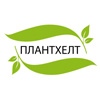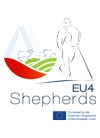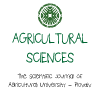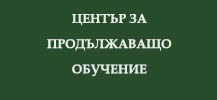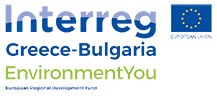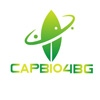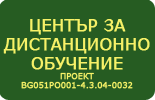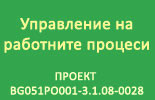Entomology
|
Course title: |
Entomology |
|
|
Course code: |
RZENT |
|
|
ECTS: |
5 |
|
|
In-class hours |
Lectures: |
30 |
|
Laboratory work/Tutorials: |
30 |
|
|
Self-preparation hours |
Practical training: |
5 |
|
Other: |
60 |
|
|
Total hours: |
125 |
|
|
Language: |
English |
|
|
Study cycle: |
Bachelor, Master |
|
|
Semester: |
Summer |
|
|
Faculty: |
Faculty of Plant Protection and Agriecology |
|
|
Name of the lecturer(s): |
Prof. Vili Harizanova, PhD |
|
|
Mode of delivery: |
Face-to-face, distance learning |
|
|
Prerequisites: |
No |
|
|
Learning outcomes of the course unit: |
The module gives appropriate knowledge about the taxonomy, morphology, anatomy, biology and behavior, life history and reproductive strategies of insects. Ecological factors and their influence on insects together with interactions with other organisms are viewed in relation to population dynamics. Symptoms and damages caused by insects to plants. Different methods of control including cultural, physical, biological, chemical and integrated are presented. Identification of main orders and families on the basis of characteristic features of the adults and the larvae. Biological, biochemical and molecular techniques for the diagnosis of phytophagous insects and their natural enemies Main biotechnological applications in agricultural entomology with particular regard to plant resistance/tolerance, attractants and repellents, plant secondary volatile and non-volatile metabolites
The module includes information about the morphology, biology and behaviour (life and reproductive strategies), ecology (population dynamics, effects of abiotic and biotic factors on the populations), behavior, injuriousness, identification and control with particular regard to the main phytophagous species and their natural enemies. Morphology, biology and ethology (life history and reproductive strategies), ecology (abiotic and biotic interactions and effects), symptoms and damages of insects harmful to the main crops (including ornamentals, greenhouse and soil-less crops, and plant products) and principles of their integrated management. Identification of phytophagous insects on the basis of their morphology and the damages and symptoms induced on the host plant. Environmental-friendly integrated pest management strategies for the pests of the main agricultural crops grown in the field as well as in a greenhouse. |
|
|
Course contents: |
Taxonomy of insects Biological features of insects Internal and external morphology of insects Physiology of insects Reproductive strategies of insects (reproduction and ontogeny, diapauses, dispersal, polymorphism, intraspecific relationships, etc.) Ecology of insects (intraspecific relationships; abiotic factor effects; population structures, size and dynamics) Symptoms and damages caused by insects to plants Identification of phytophagous insects on the basis of their morphology and symptoms induced on the host plant Biological, biochemical and molecular techniques for the diagnosis of phytophagous insects and their natural enemies Main biotechnological applications in agricultural entomology with particular regard to plant-resistance/tolerance, attractant and repellent means, plant secondary volatile and non-volatile metabolites. Morphology, biology and ethology (life history and reproductive strategies), ecology (abiotic and biotic interactions and effects), symptoms and damages of insects harmful to the main agricultural crops (including ornamentals, greenhouse and soil-less crops, and plant products). Impact of the major agricultural pests. |
|
|
Recommended or required reading: |
1. Fauna Europaea. 2011. Online http://www.faunaeur.org/ 2. Richard J. Elzinga 2008. General entomology. California State University. Online http://www.csulb.edu/~dlunderw/entomology/ printed version 2000. “Fundamentals of entomology” 495 pp. 3. John R. Mayer. 2008. General entomology. North Carolina State University. Online http://www.cals.ncsu.edu/course/ent425/ 4. P. J. Gullan, P. S. Cranston. 2005. An outline of entomology. Wiley-Blackwel. 505 pp. 5. David A. Grimaldi, Michael S. Engel. 2005. Evolution of the insects. Cambridge University Press. 755 pp. 6. Reginald F. Chapman. 1998. The insects: structure and function. Cambridge University Press. 770 pp. 7. Howell V. Daly, John T. Doyen, Alexander H. Purcell. 1998. Introduction to insect biology and diversity. Ox-ford University Press. 680 pp. |
|
|
Planned learning activities and teaching methods: |
Monological explanation (lecture, presentation, briefing, tutorials), Dialogue methods(conversation,discussion). |
|
|
Assessment methods and criteria: |
Written exam |
|
 - Събития по случай 80-я юбилей на АУ
- Събития по случай 80-я юбилей на АУ
